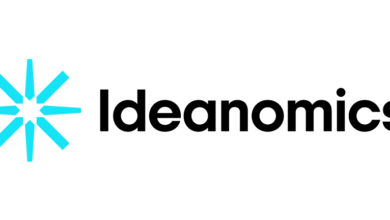Domestic EV Manufacturers Can Prosper with Streamlined Supply Chains and Cost-Effective Batteries

Electric vehicles (EVs) are shifting from a niche market for early adopters to a mainstream consumer choice. With this new trend, manufacturers face the daunting challenge of how to lower costs while simultaneously improving the affordability and profitability of these vehicles in the U.S. market. This shift necessitates a deep dive into the complex dynamics of supply chains, material costs, and market demand that are currently shaping the EV landscape. The urgency for a balanced approach comes at a time when EV OEMs (Original Equipment Manufacturers) must evolve their strategies to cater to a broader audience without compromising on profitability.
How can EV manufacturers reduce costs and make electric cars more affordable for the average consumer without sacrificing their financial health?
Michael Davies, the Founder and Data Scientist at Green Econometrics, shares his take on an Expert’s Talk episode regarding the strategic challenges facing electric vehicle (EV) manufacturers in reducing costs while maintaining profitability. Davies delves into the intricacies of supply chain optimization and cost reduction strategies. He emphasizes a ‘yin and yang’ approach that balances the necessity of making EVs affordable with the complexities of maintaining a sustainable business model. This includes leveraging lessons from global leaders like China in battery production and materials procurement, realigning supply chains to enhance efficiency, and addressing the pivotal role that battery costs play in overall vehicle affordability.
Michael outlines several key points in his analysis:
- Shifting Market Dynamics: As EVs transition to the mainstream, OEMs must fundamentally shift their pricing strategies to capture a larger segment of the market.
- Yin and Yang of Cost and Affordability: Balancing the affordability of EVs with cost-effective production methods is essential, yet challenging, given the current cost structures predominantly influenced by high battery prices.
- China’s Dominance in Supply Chains: China’s heavy investments in battery production and raw material procurement pose a competitive challenge and a model for U.S. OEMs to potentially emulate.
- Impact of Tesla’s Strategy: Observations from Tesla’s approach, including a recent slowdown in revenue but an increase in battery sales, highlight the critical areas of growth and concern within the sector.
- Supply Chain Realignment: Building efficient and cost-effective supply chains is crucial for reducing overall vehicle costs, which currently hinge significantly on battery prices.
Article Written by Sonia Gossai




